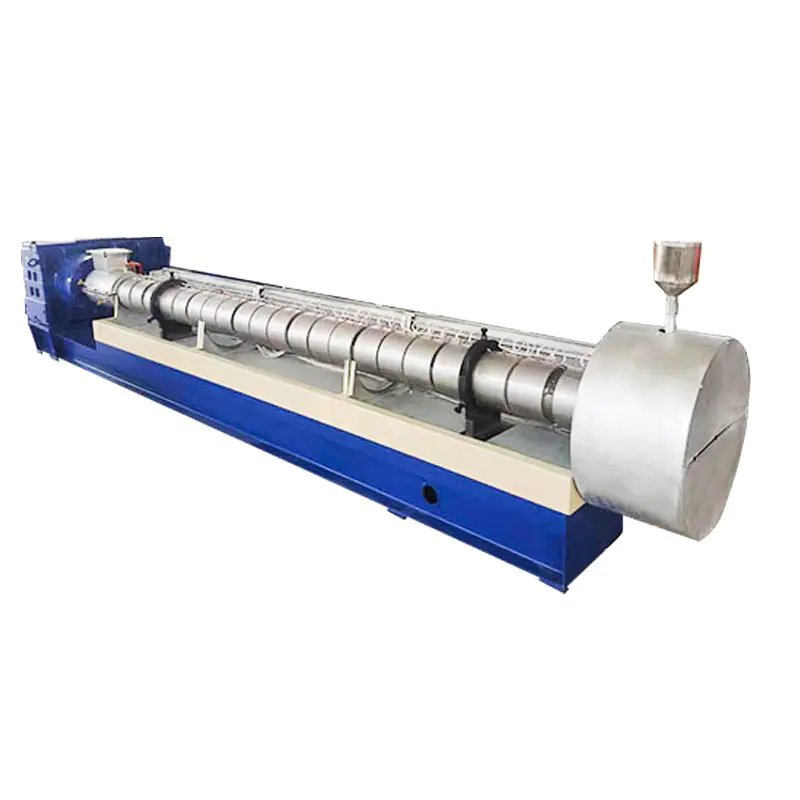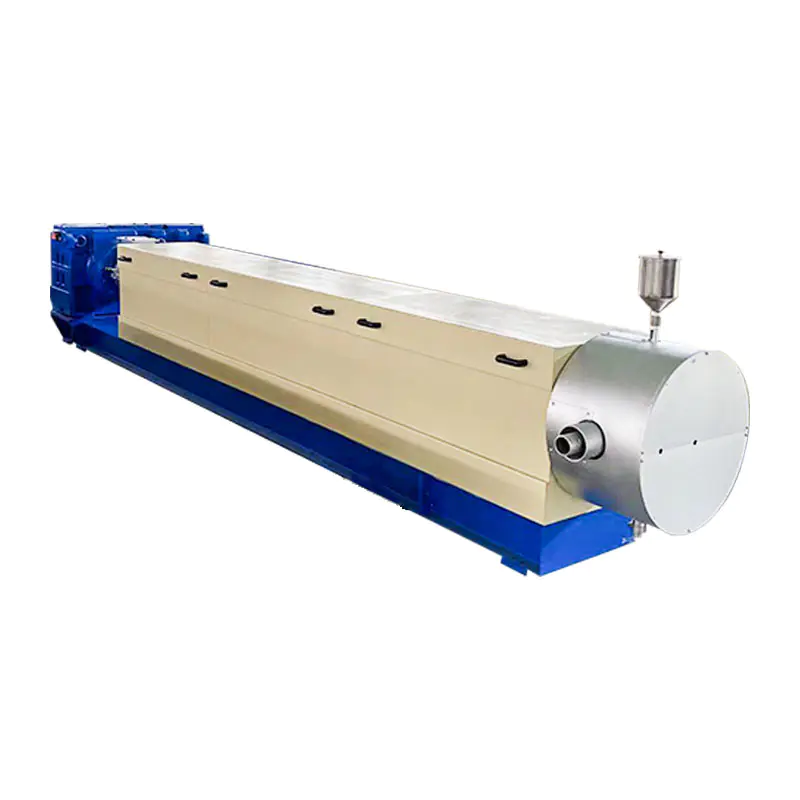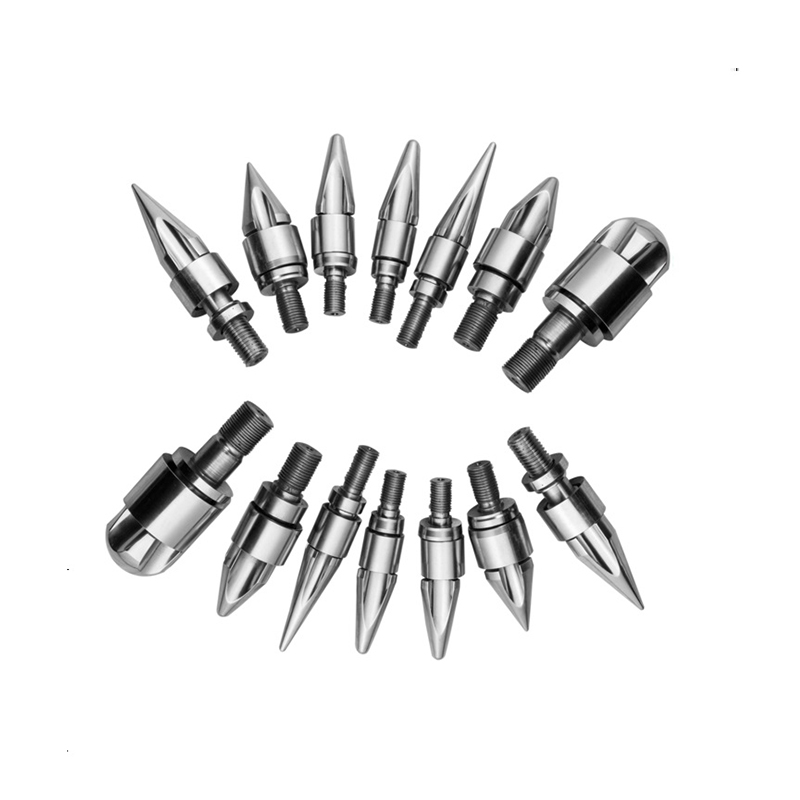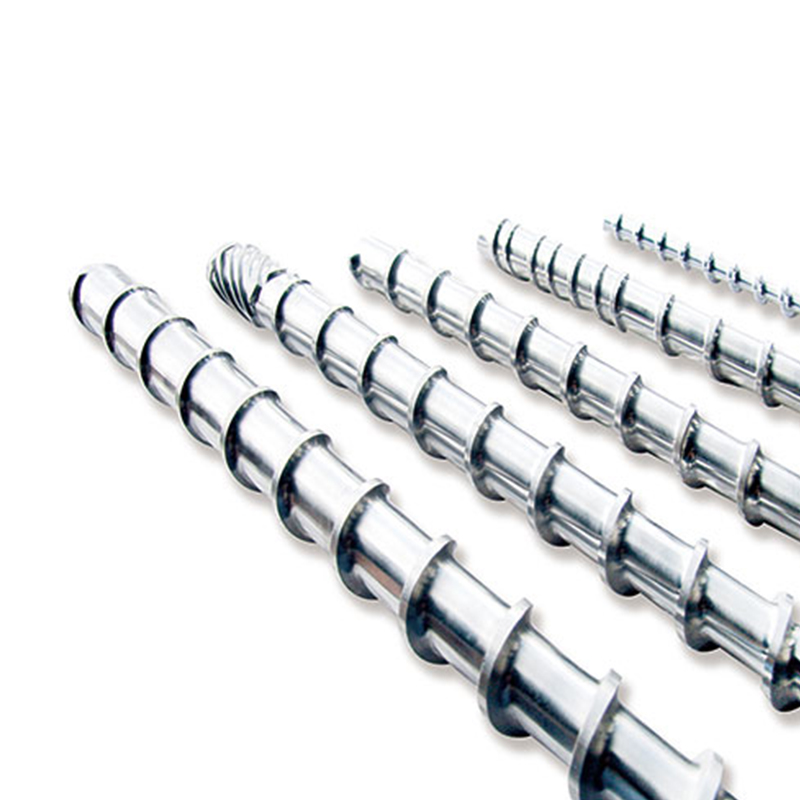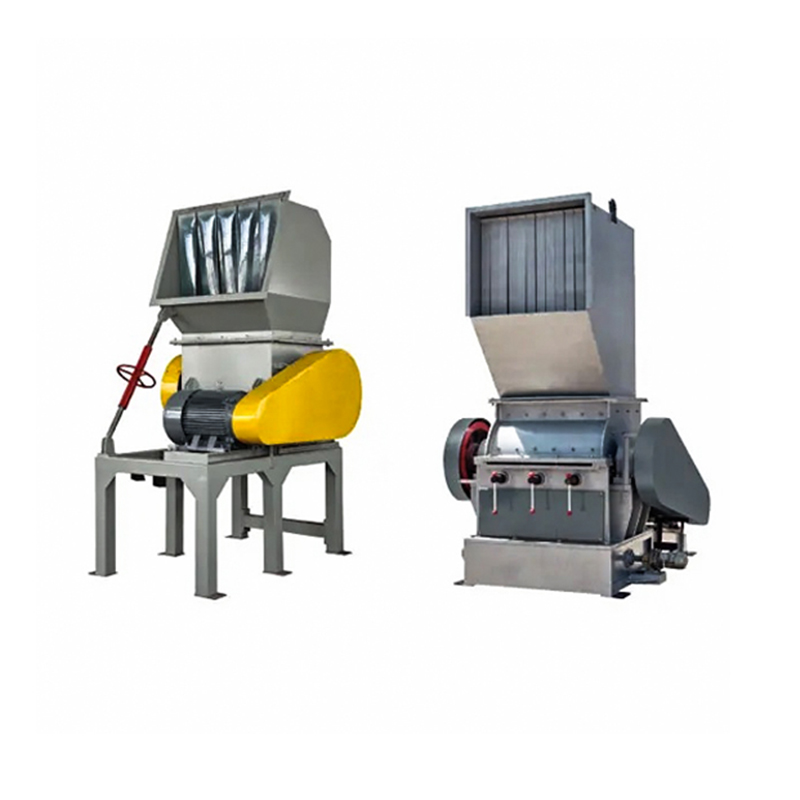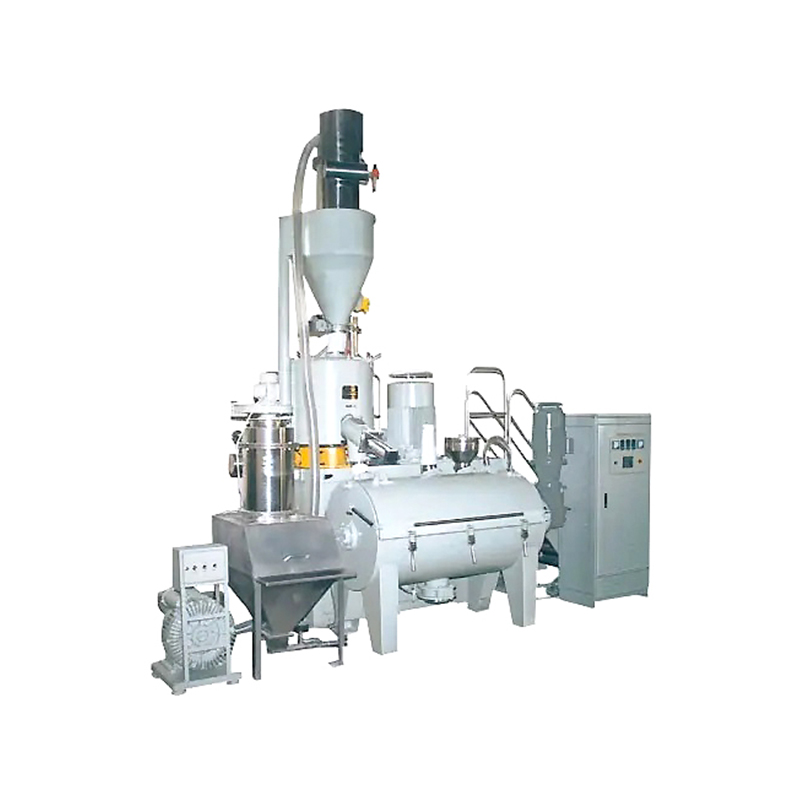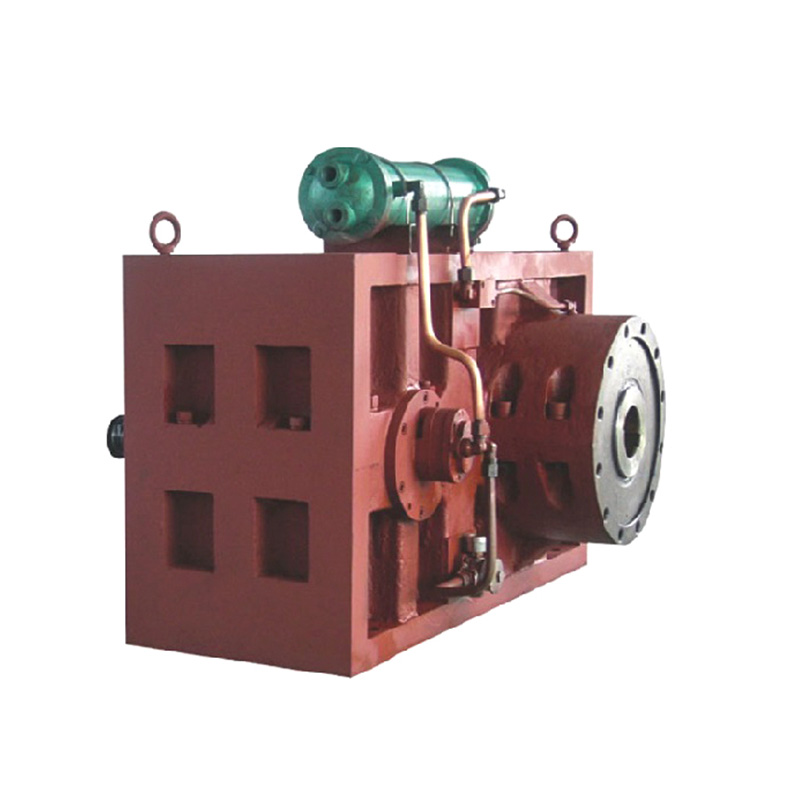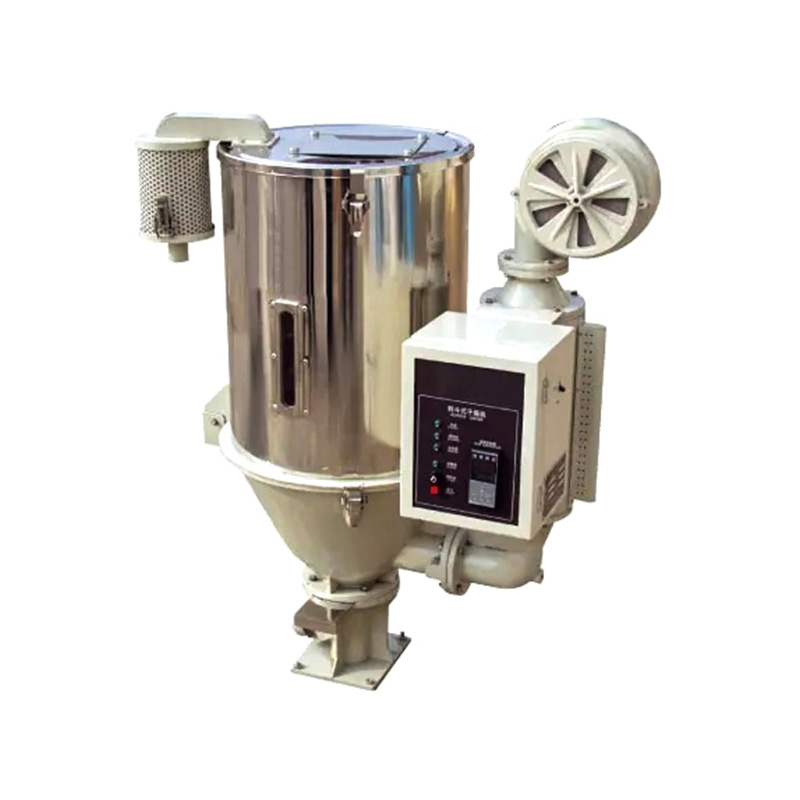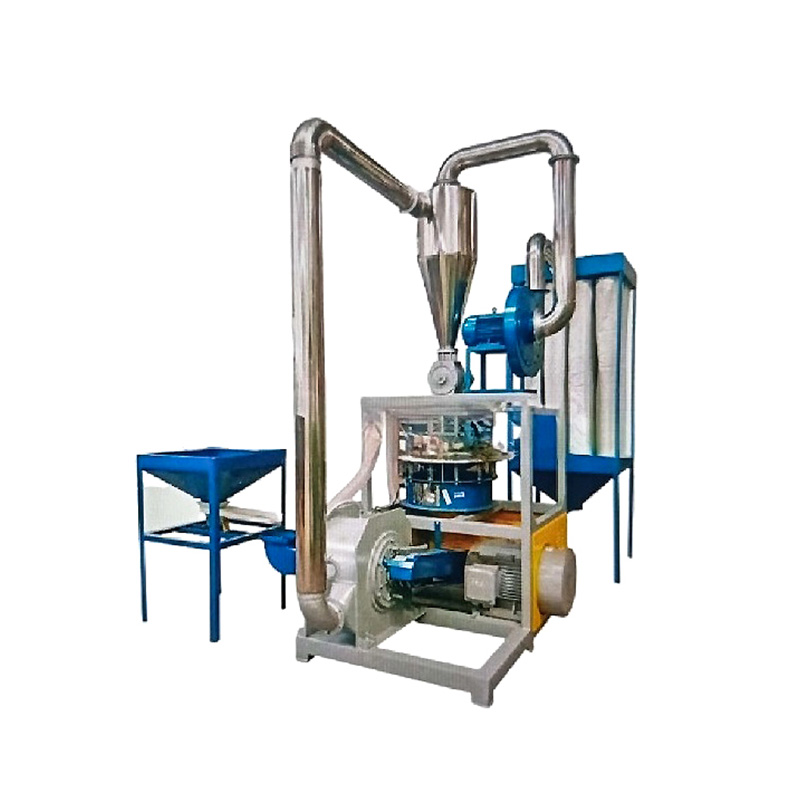In the fields of plastic extrusion and injection molding, conical screw barrels are known as the core power source, and their performance directly determines production efficiency and product quality. However, in equipment selection and process optimization, a key factor that is often underestimated - temperature control - is gradually becoming the focus of industry technology upgrades. Studies have shown that a precise temperature control system can improve the energy efficiency of conical screw barrels by more than 30%, while significantly extending the life of the equipment.
1. Temperature Control: The "Commander" of Material Plasticization
The conical screw barrel converts solid raw materials into a uniform melt through progressive compression and shearing. In this process, temperature directly affects the viscosity, fluidity and plasticization efficiency of the material. For example, when processing high-density polyethylene (HDPE), if the barrel temperature is lower than the critical value, the melt will cause a surge in screw torque due to excessive viscosity, accelerating wear; while excessive temperature may cause thermal degradation, bubbles or yellowing.
The unique advantage of the conical structure is that its compression ratio can be adjusted dynamically with the change of the screw diameter. However, if the temperature control system cannot match the gradient requirements of each heating zone (feeding section, compression section, metering section), it will cause melt pressure fluctuations and affect stability. Industry cases show that the conical screw barrel using closed-loop PID temperature control technology has a 45% improvement in plasticization uniformity compared with traditional equipment, providing a key guarantee for the production of optical-grade plastic products (such as light guide plates and lenses).
2. Thermal balance management: the "game field" of energy consumption and life
About 40% of the energy consumption of the conical screw barrel is used to overcome material friction and shear heat generation. Systems lacking intelligent temperature control often rely on cooling devices to force cooling, which not only increases additional energy consumption, but may also lead to a vicious cycle of "overcooling-reheating". For example, after an automotive parts manufacturer upgraded its multi-stage independent temperature control module, the energy consumption of the conical screw barrel was reduced by 22%. At the same time, due to the reduction of thermal stress, the maintenance cycle of the screw and barrel was extended by 1.5 times.
What is more noteworthy is that precise temperature control can avoid metal fatigue caused by local overheating. The root of the conical screw is easy to accumulate heat during high-speed operation due to its large diameter. The multi-point thermocouple monitoring and air cooling/oil cooling collaborative system can control the temperature difference within ±1.5℃, significantly reducing the risk of material carbonization and ensuring the stability of continuous production.
3. Innovative temperature control technology: the "second curve" of conical screw performance
With the advancement of Industry 4.0, new temperature control solutions are injecting innovative power into conical screw barrels. For example, infrared thermal imaging technology can capture the temperature field distribution of the barrel surface in real time, and dynamically adjust the heating power through AI algorithms; nano-ceramic coating can reduce heat loss and improve energy efficiency. The measured data of an international rubber and plastics exhibition showed that the product tolerance range of conical screw equipment equipped with intelligent temperature control was reduced to ±0.03mm when processing TPE elastomers, reaching the medical device grade standard.
In the pursuit of high output and high quality in industrial scenarios, the potential of conical screw barrels cannot be released without the refined operation of temperature control. From material science to thermodynamic optimization, temperature control technology has been upgraded from an auxiliary role to the main battlefield of performance competition. For manufacturers, investing in advanced temperature control systems is not only a shortcut to reduce costs, but also a strategic choice to seize high value-added markets. In the future, with the emergence of new materials and complex processes, the collaborative innovation of temperature control and conical screws will surely open a new chapter in precision manufacturing.



 عربى
عربى


